
When disaster strikes, you won’t see these heroes on the evening news. They don’t wear capes or get ticker-tape parades, but these ingenious safety innovations operate like the world’s most important understudies, ready to perform perfectly when everything else fails. While tech headlines obsess over smartphone gimmicks, these life-saving breakthroughs are the difference between “tragic accident” and “close call” for thousands each year.
This content may contain affiliate links. If you wish to support us and use these links to buy something, we may earn a commission.
19. Galaga Bear Fencing
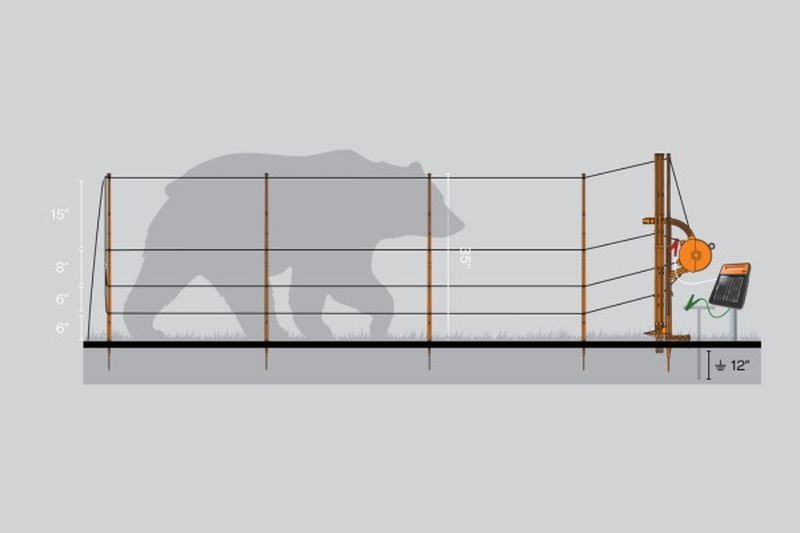
Bear encounters rarely end well for either species, which is why Galaga creates clear boundaries with electric fencing that delivers mild deterrent shocks every 1.3 seconds when touched. Bears learn quickly to avoid these areas without suffering harm, creating a win-win scenario for both humans and wildlife.
While portable kits set up easily at campsites or remote cabins, future versions may include motion sensors and alerts that will enhance their effectiveness. Current designs already significantly reduce dangerous confrontations through conflict prevention rather than crisis response.
18. Polar Life Pod
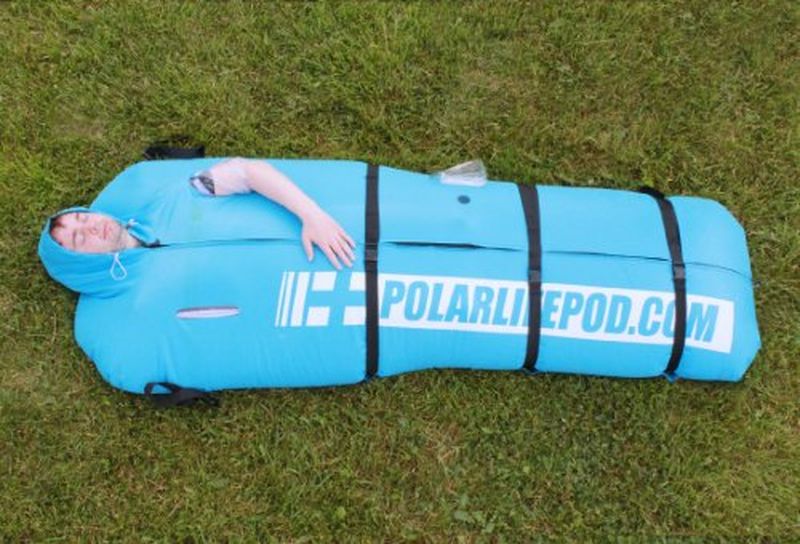
Heatstroke kills with brutal efficiency, cooking victims from the inside out as body temperatures soar beyond safe limits, which is why Polar Life Pods provide rapid cooling when minutes matter most. Using foldable PVC containers filled with ice water, these devices quickly lower core temperatures through direct contact cooling methods.
The two-way zippers allow easy access while flotation cushions support heads during treatment, and at $424, the pods give first responders an effective field treatment option that bridges those critical minutes until advanced medical help arrives during increasingly frequent record-breaking heat waves.
17. Safe Seas Rescue Buoy
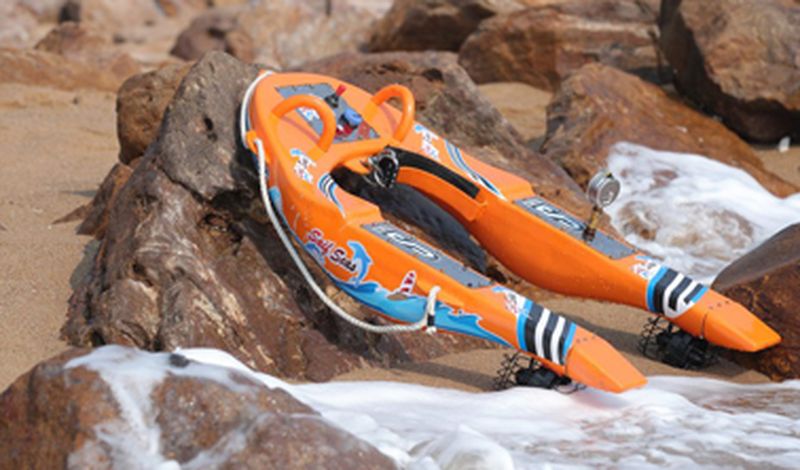
Lifeguards can’t patrol everywhere simultaneously, which is why this remote-controlled buoy races at 7 m/s—faster than Olympic swimmers—to reach struggling victims within a 3 km radius while its onboard camera lets operators assess situations before arrival. The remarkable development timeline of just 11 months proves what becomes possible when engineers focus their efforts on saving lives rather than chasing market trends.
While the system requires decent connectivity to operate effectively, the buoy excels at covering vast beach stretches with minimal staff, essentially becoming the perfect force multiplier for coastal safety teams working to protect swimmers across expansive waterfront areas.
16. Safeback SBX Avalanche Survival System
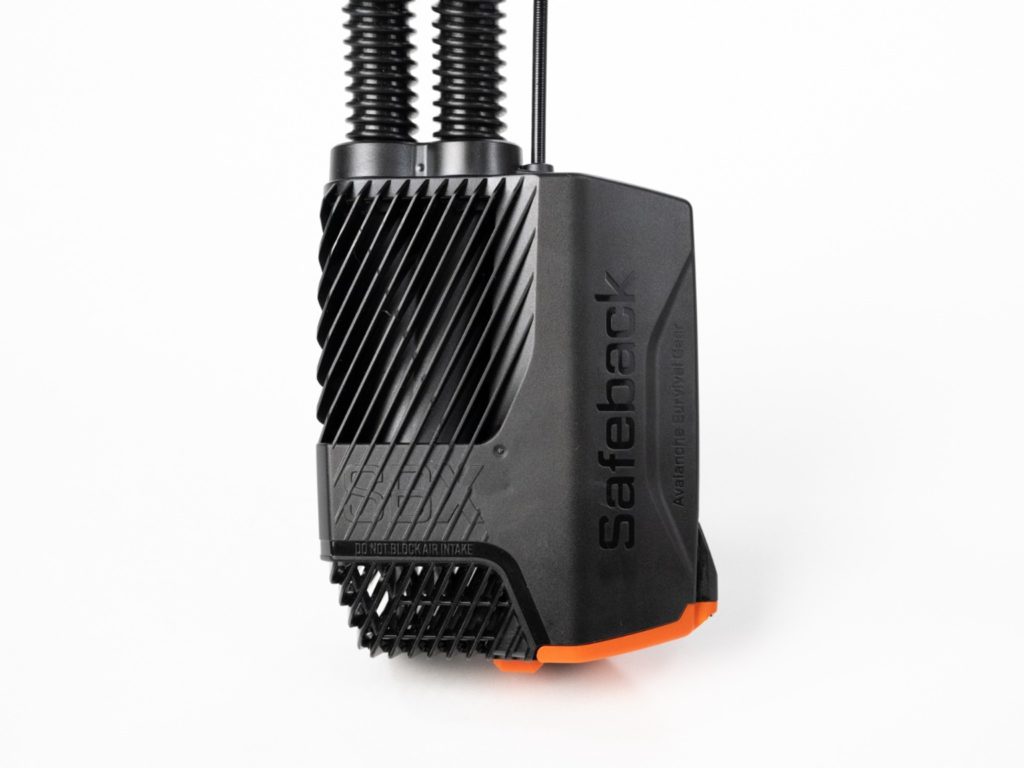
Avalanche victims face grim realities: suffocation typically occurs before rescue teams arrive. Safeback SBX creates breathable air within packed snow using pumps that filter snow to extract oxygen.
Working for 90 minutes even at -30°C, backpack-integrated systems activate with simple T-handle pulls. Using Bernoulli’s principle, they create air pockets extending survival time from minutes to hours for backcountry enthusiasts.
15. MIT Lincoln Laboratory Soft Robots
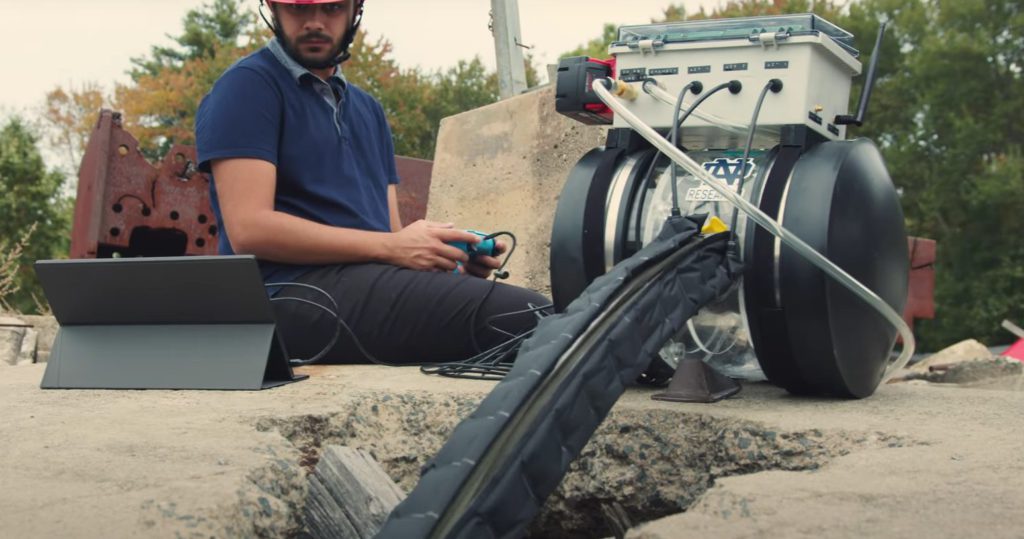
After building collapses, races against time begin immediately. MIT’s soft robots squeeze through gaps that stop traditional rescue equipment, using flexible pneumatic tendrils to navigate rubble like mechanical octopi.
Onboard cameras create 3D maps of disaster sites, helping rescuers plan extractions with surgical precision. Currently vulnerable to punctures, but researchers are developing tougher materials and smarter AI to locate survivors faster after earthquakes and structural failures.
14. Canadian Rescue Arch
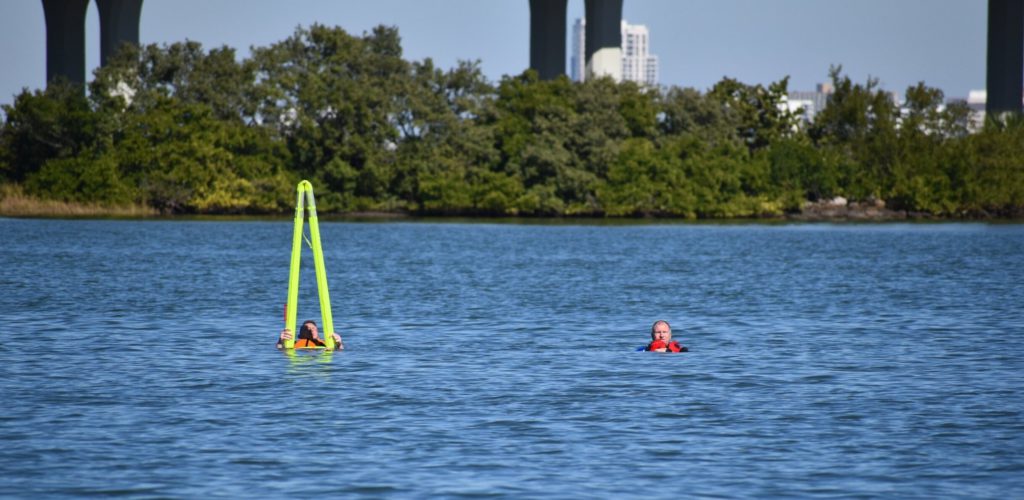
Finding someone in rough seas resembles spotting needles in constantly moving, deadly haystacks. The Canadian Rescue Arch solves visibility problems with 1.5m inflatable structures attaching to life vests and standing tall above waves.
Reflective strips provide visibility in low light, while designs add flotation without restricting swimming movement. This elegantly simple solution dramatically improves rescue chances by making victims stand out against endless blue backdrops that swallow so many without trace.
13. Vita Rescue System Smart Basket
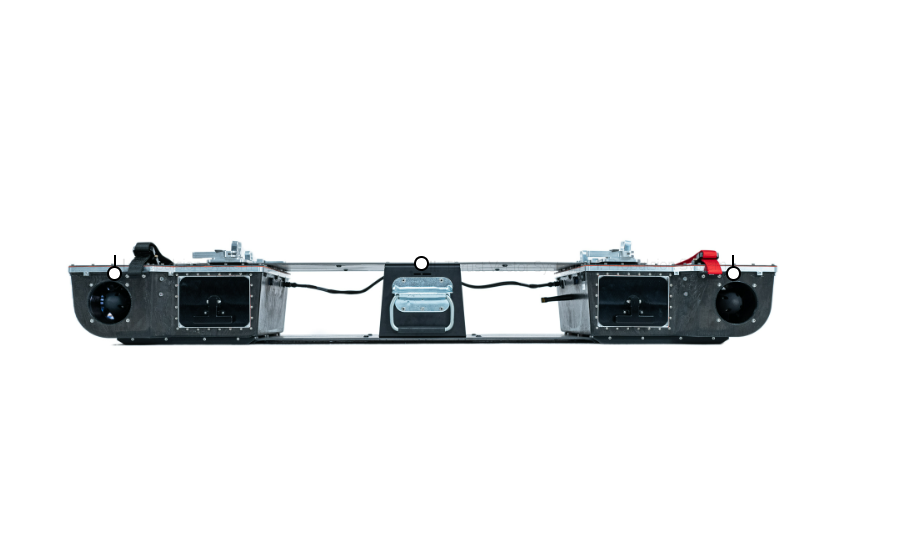
Helicopter rescues often fail because traditional baskets swing wildly in turbulent air. Vita solves this with advanced stabilization monitoring 1000 parameters each second, achieving stability within 3 seconds of deployment.
Allowing rescuers to extract victims four times faster than conventional methods. Wireless control from 300m keeps operators safe during dangerous operations. Stable platforms reduce injury risks, transforming air rescues from last-ditch gambles into reliable operations.
12. Blaze Barrier Fire Defense System
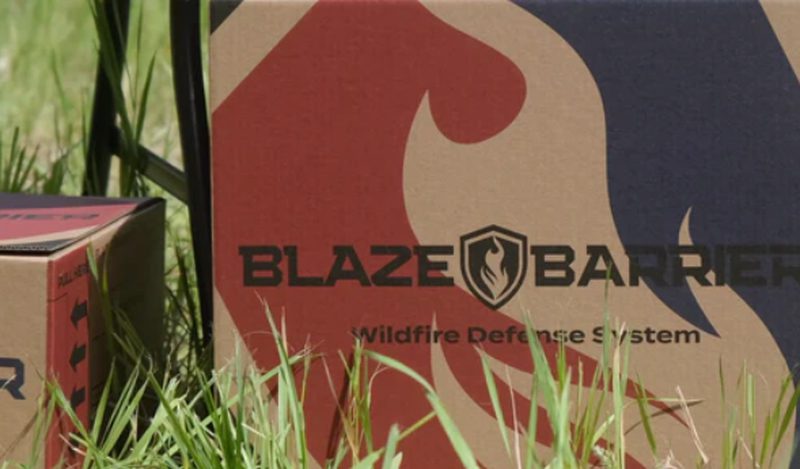
Wildfires ignore property lines and insurance policies, and we don’t all have firefighting robots to help. Blaze Barrier gives homeowners fighting chances when flames approach, using strategically placed modules releasing eco-friendly fire-retardant powder when triggered.
Creating temporary barriers that reflect heat and slow fire spread, buying crucial time for evacuation or firefighter response. For residents in fire-prone regions, it’s the difference between total loss and salvageable property when evacuation orders sound.
11. Multi-Parachute Rescue System (XPeng AeroHT)
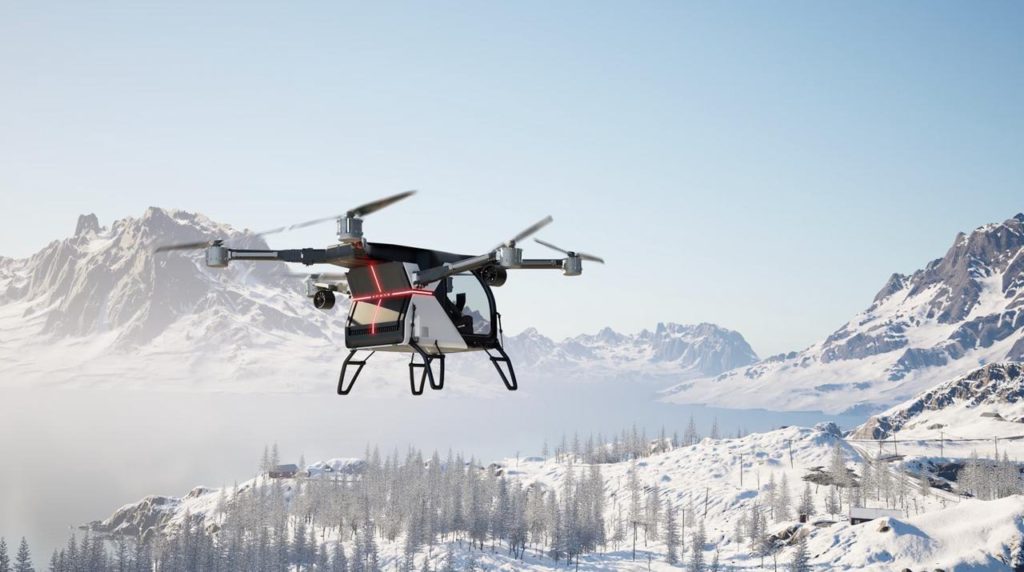
Flying cars are finally happening, but gravity remains undefeated. XPeng AeroHT’s system deploys multiple parachutes instantly when failure occurs at 50 meters up. Pyrotechnic mechanisms trigger automatically, slowing descent to 5.2 m/s—roughly equivalent to stepping off a park bench.
Zero pilot input required, which matters when you’re busy panicking in a falling vehicle. The system supports up to one ton of weight and activates without human intervention. This backup plan could transform aerial transport from experimental novelty into everyday reliability.
10. Fire Swarm Drones
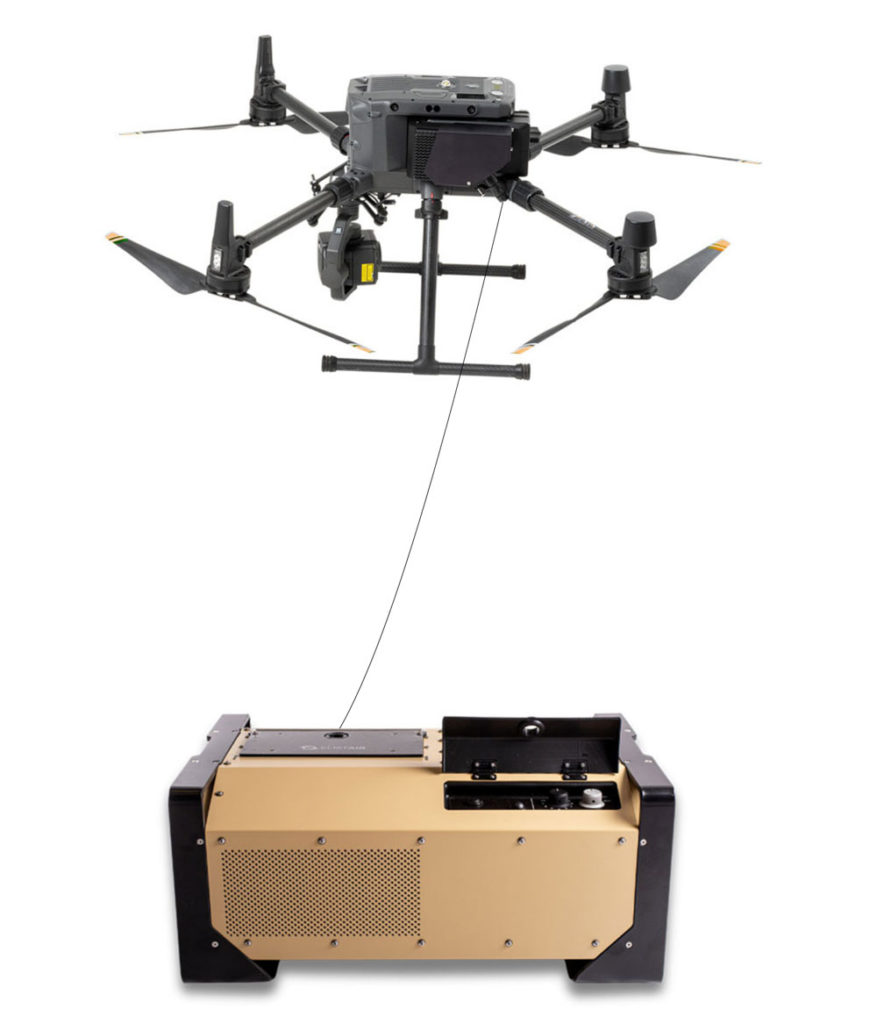
Modern wildfires move faster than evacuation orders and burn hotter than traditional equipment can handle. Fire Swarm Drones carry 400 kg of water each for precision drops on critical hotspots.
Flying safely through toxic smoke clouds that ground human pilots, they’ve earned recognition in the Fire Grands Challenge. Future versions will carry heavier payloads and operate in larger groups, giving firefighters fighting chances to contain blazes threatening communities.
9. Corpal CPR Robot
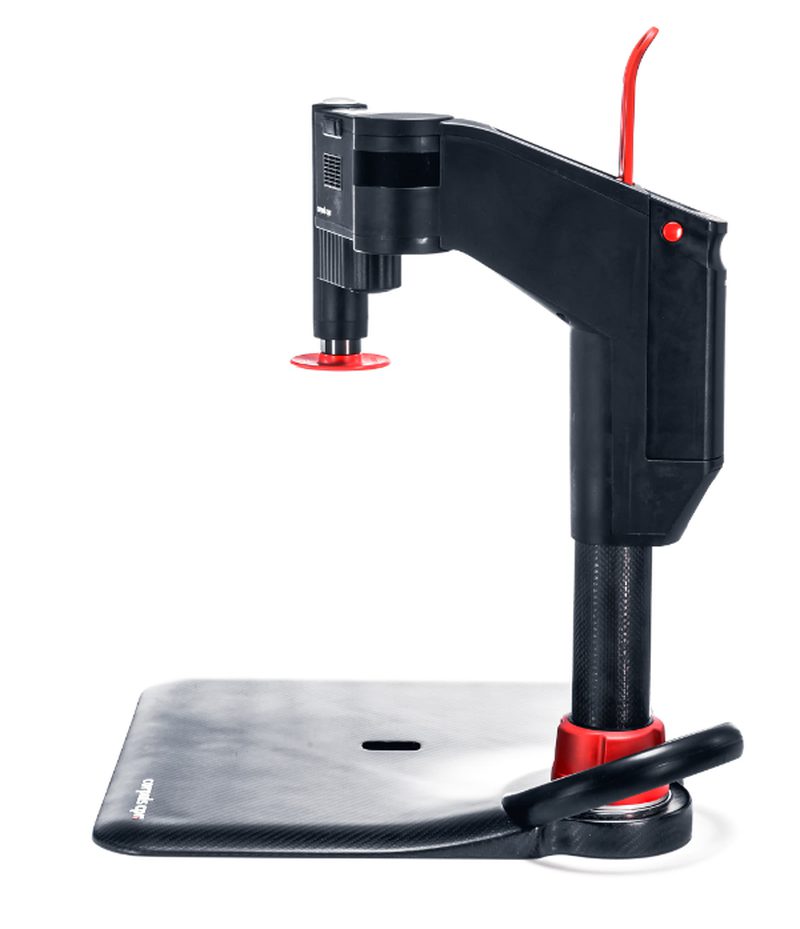
Effective CPR requires consistent, precise compressions that human rescuers struggle maintaining as fatigue sets in. Corpal delivers perfect chest compressions every time, measuring depth and rate with machine precision.
At just 5.5 kg, it’s portable enough for quick deployment while powerful enough to maintain blood flow until advanced care arrives. Like having tireless paramedics who never need breaks, maintaining exact pressure needed to keep oxygen flowing to brains.
8. Tsunami ESP Personal Capsule
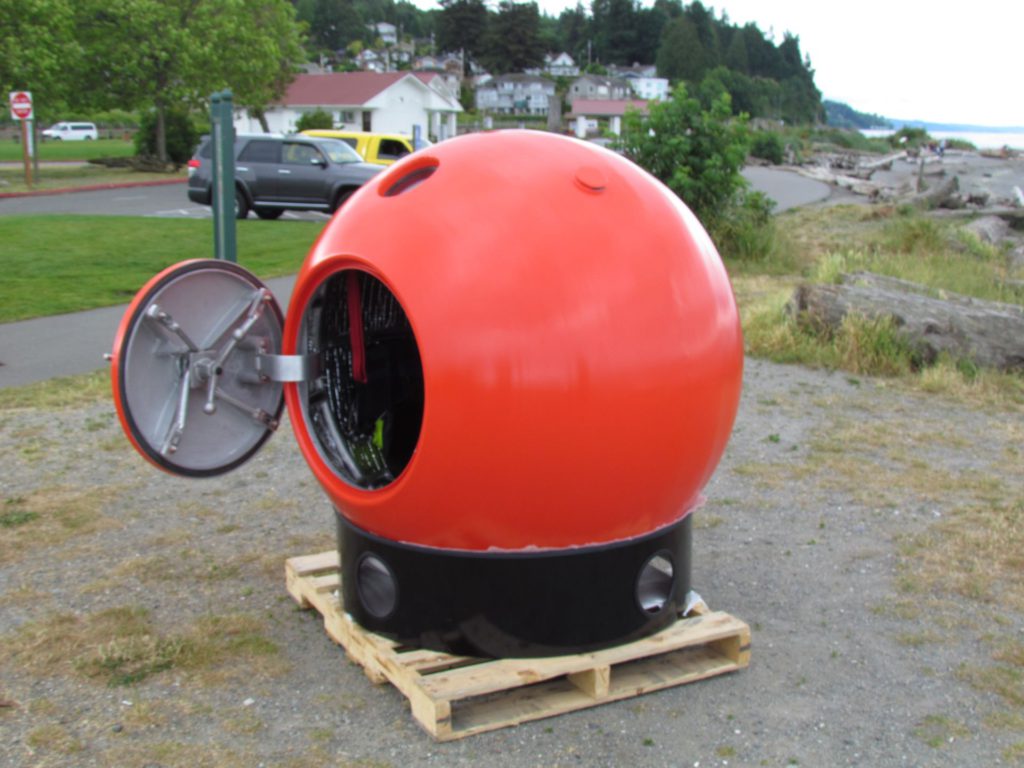
When tsunami warnings sound, evacuation isn’t always possible. ESP capsules offer last-resort survival options, inflating to full size in just 25 seconds and providing watertight havens as water walls sweep through.
Compact storage fits in closets or car trunks, making them practical for coastal residents. For communities in tsunami zones, this technology provides crucial protection during overwhelming ocean events when higher ground is too distant.
7. Safe Transfer Personnel Basket (Model 11454N)
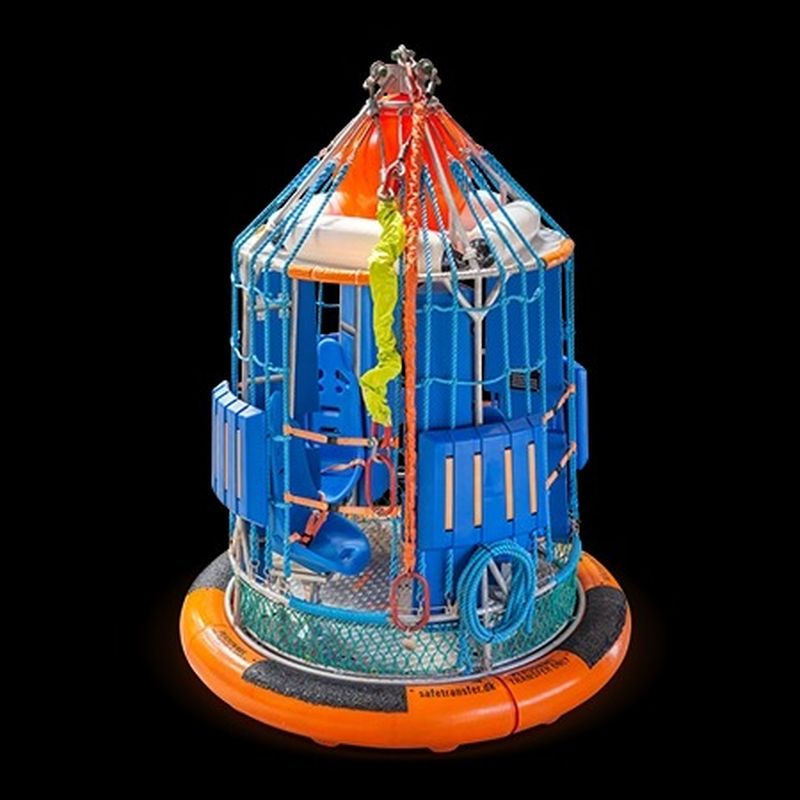
Offshore oil rig transfers resemble maritime parkour with higher stakes. Model 11454N transforms these nail-biting moments into routine operations. At 670 kg, this impact-absorbing cocoon protects four workers during transfers across churning seas.
Built to withstand temperatures from scorching 70°C down to polar -50°C, it meets North Sea and DNV standards. With a 30-year lifespan, it outlasts your mortgage while keeping workers safe during critical platform-to-vessel movements.
6. S Airbag Intelligent Vest
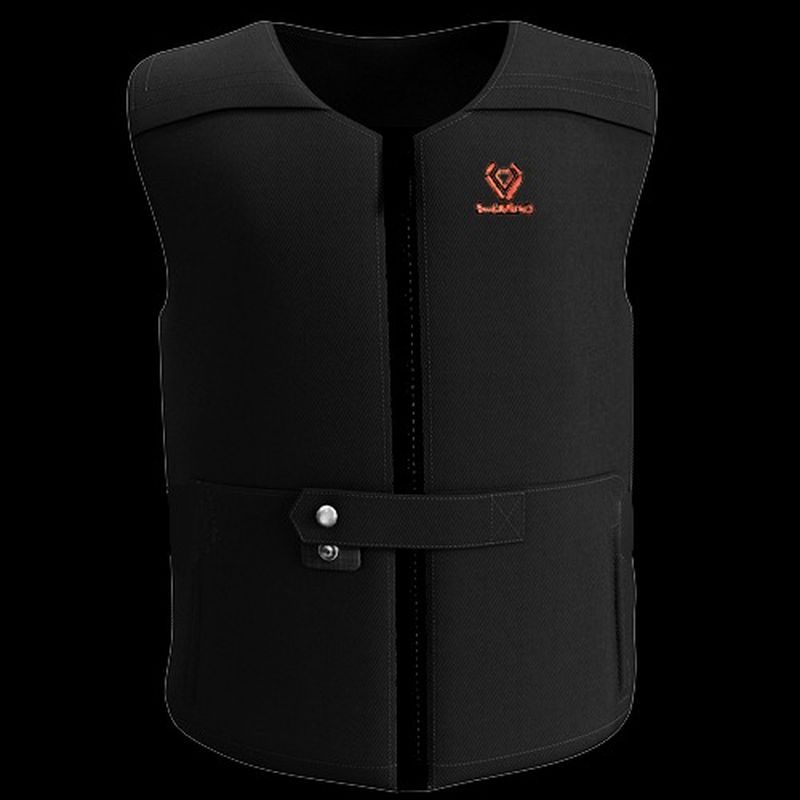
For older adults, falls can trigger cascades of health problems. S Airbag vests detect falls before impact, using sensors triggering airbags deploying in just 100 milliseconds—faster than blinking.
Systems protect vital areas like heads, necks, and hips, reducing impact forces by 80% according to studies. At $999, it’s not cheap, but neither are hospital bills. This wearable technology transforms potentially catastrophic falls into survivable events.
5. Diddy JX 6A Drone
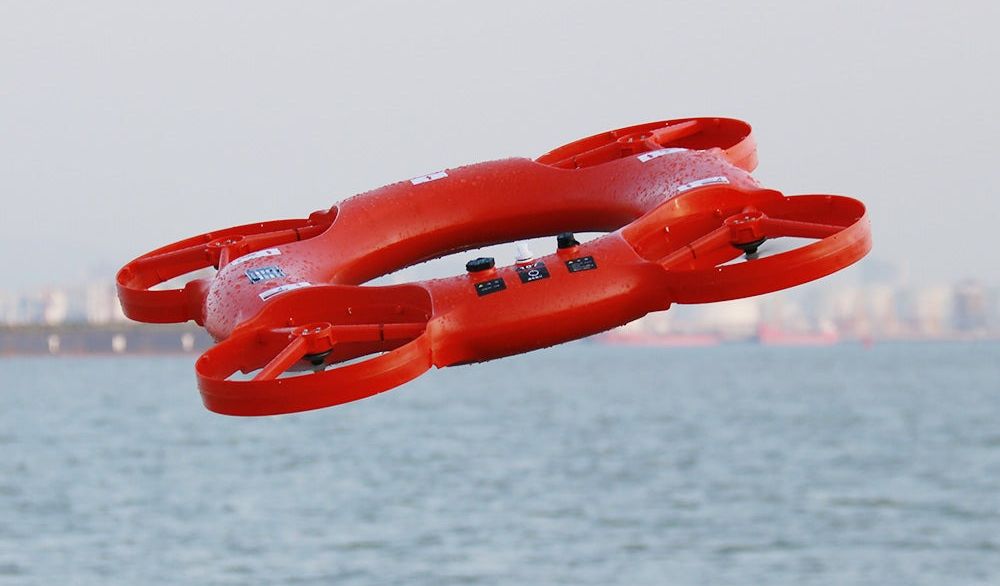
Seconds count when rescuers are minutes away. The Diddy JX 6A bridges that gap within a 1 km radius. This IP68 waterproof scout brings two-way communication to disaster zones where humans can’t immediately reach.
Its camera and GPS feed real-time data to rescue teams, transforming guesswork into precision. Future models will add thermal imaging and extended battery life, but current capabilities already turn blind hunts into targeted extractions.
4. Quake Tech Seismic Dampers
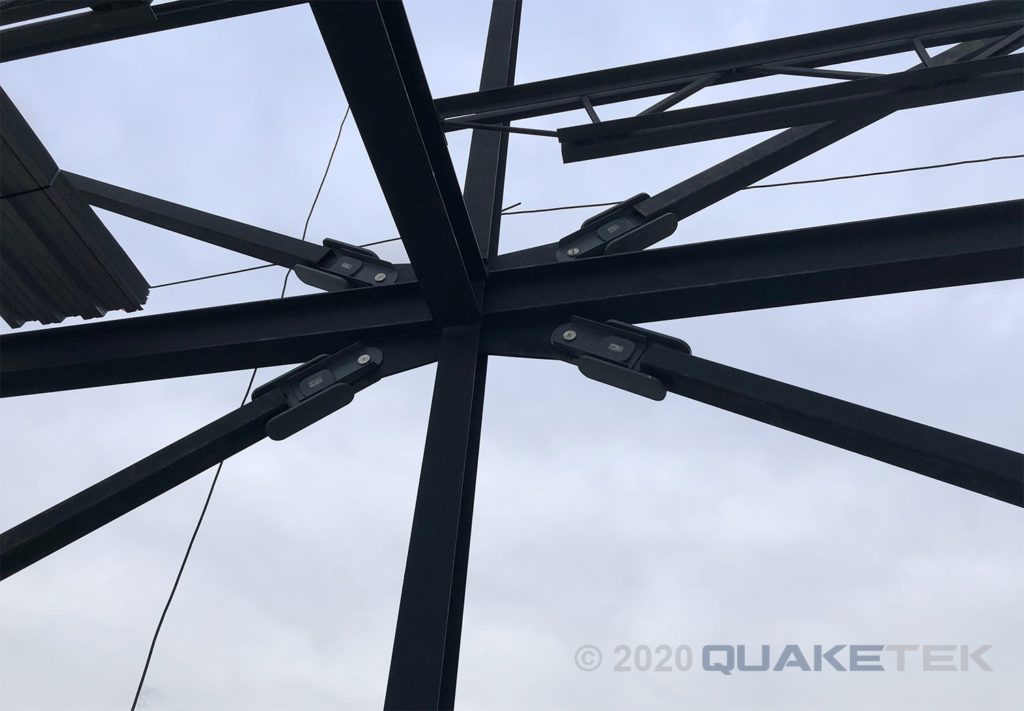
Buildings don’t have to collapse during earthquakes. Quake Tech dampers function like automotive shock absorbers for structures, absorbing vibrations without requiring power or maintenance.
Placed between floors and within structural frames, they passively dissipate seismic energy, reducing building stress by 70% during quakes. Sometimes the best innovations aren’t flashy new gadgets but fundamental improvements to existing infrastructure.
3. Sonmol Choking Rescue Device
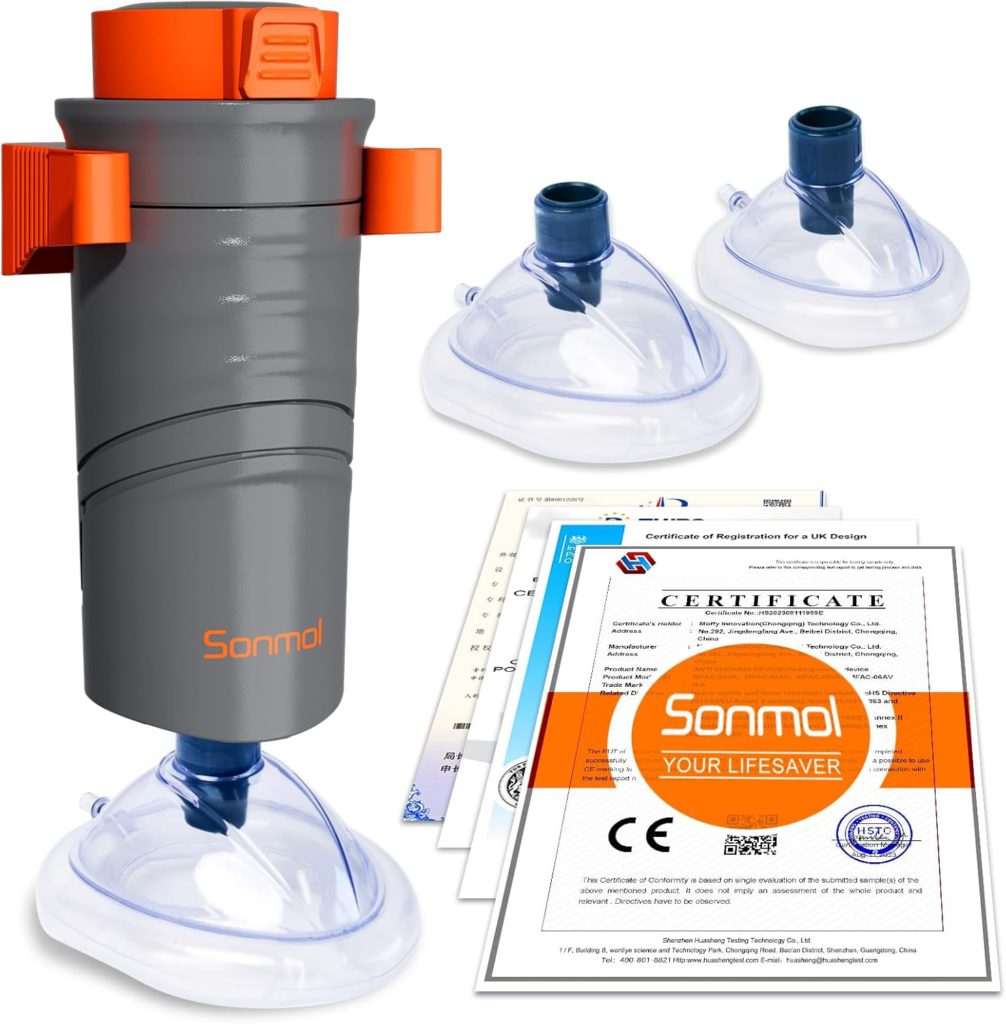
Every restaurant owner’s nightmare involves customers choking while everyone stands around helplessly. Sonmol changes that equation with 33 kilopascals of life-saving suction—enough force to dislodge whatever went down wrong.
About the size of a paperback, it includes masks for different ages and mounts easily on kitchen walls. Tests show over 90% success in clearing airways during simulated incidents. It’s the gadget nobody wants to use that everyone should have.
2. Bimatic Evacuation System
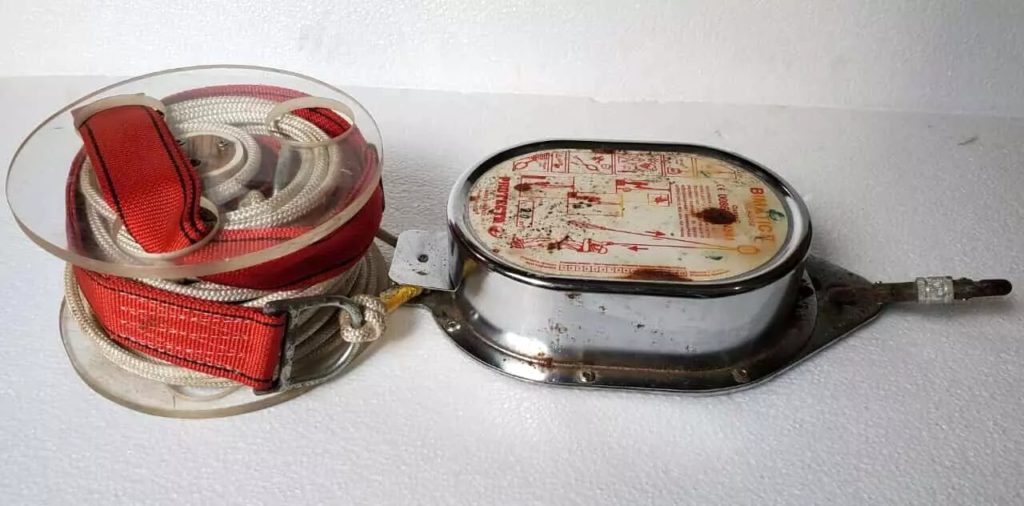
High-rise fires create brutal math problems: when you’re above ladder reach but below rooftops, where do you go? Bimatic offers third options, letting users attach harnesses and step out windows to descend along cables at controlled rates.
Gravity powers entire mechanisms, making them immune to power failures. Tests show people evacuating from 30-story buildings in under 5 minutes—about the time needed to make coffee in normal circumstances.
1. Fireall 9000 Thermal Suit
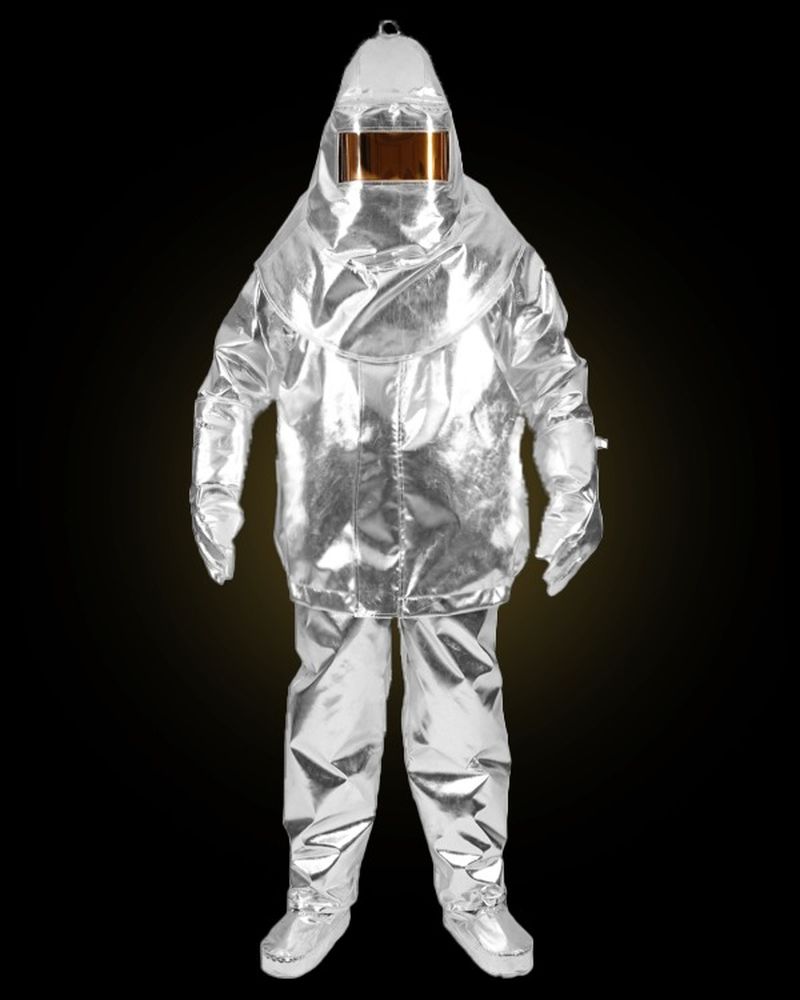
Traditional firefighting gear presents brutal trade-offs between protection and mobility. Fireall 9000 refuses this compromise, using aluminized outer layers reflecting intense heat while maintaining freedom of movement.
Integrated breathing systems provide clean air in smoke-filled environments without bulk that slows rescuers down. This balance helps firefighters reach victims faster in burning structures, where every second of exposure increases danger exponentially.
Last modified: July 28, 2025







